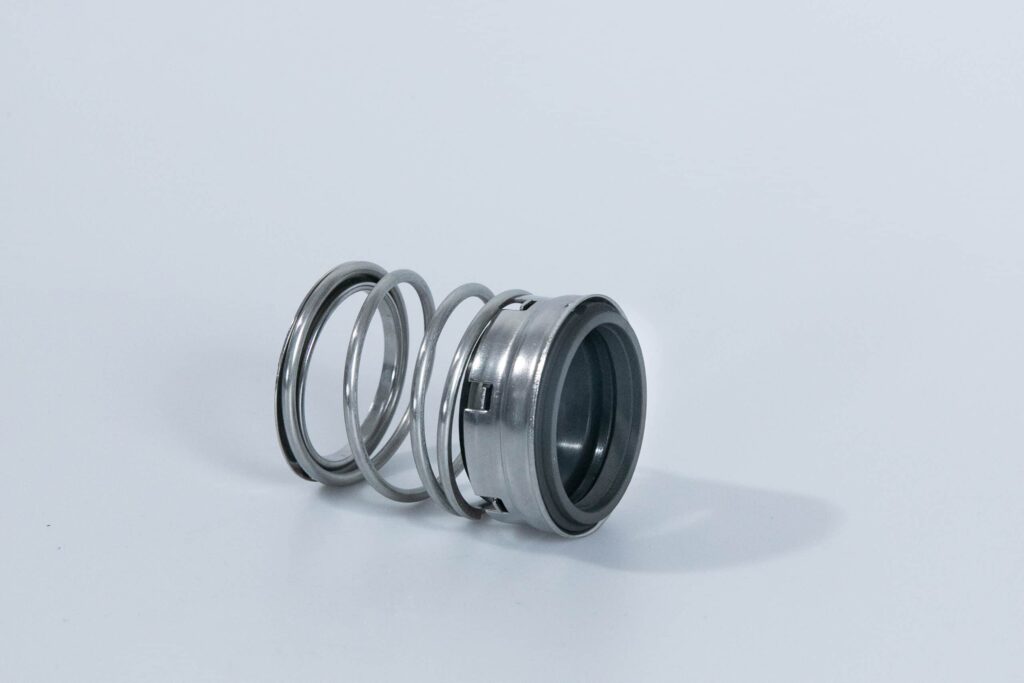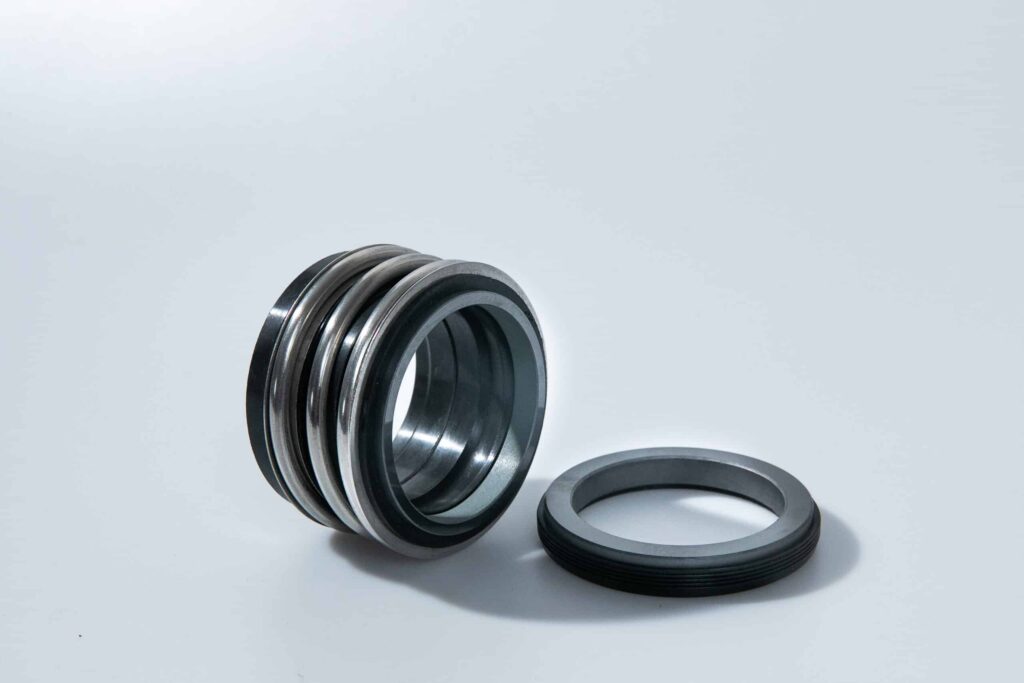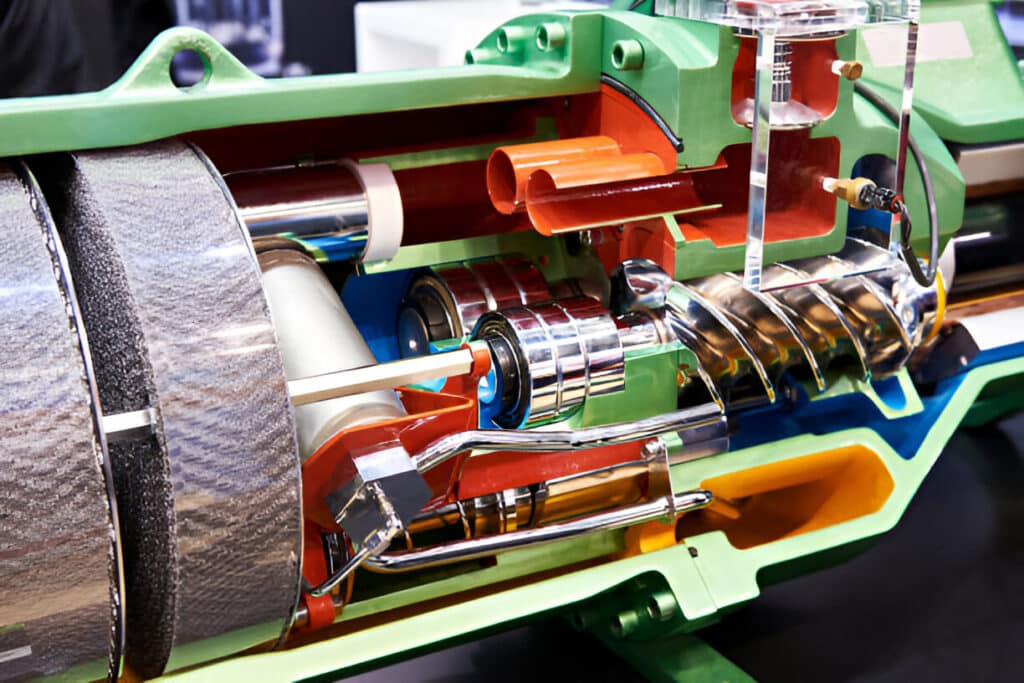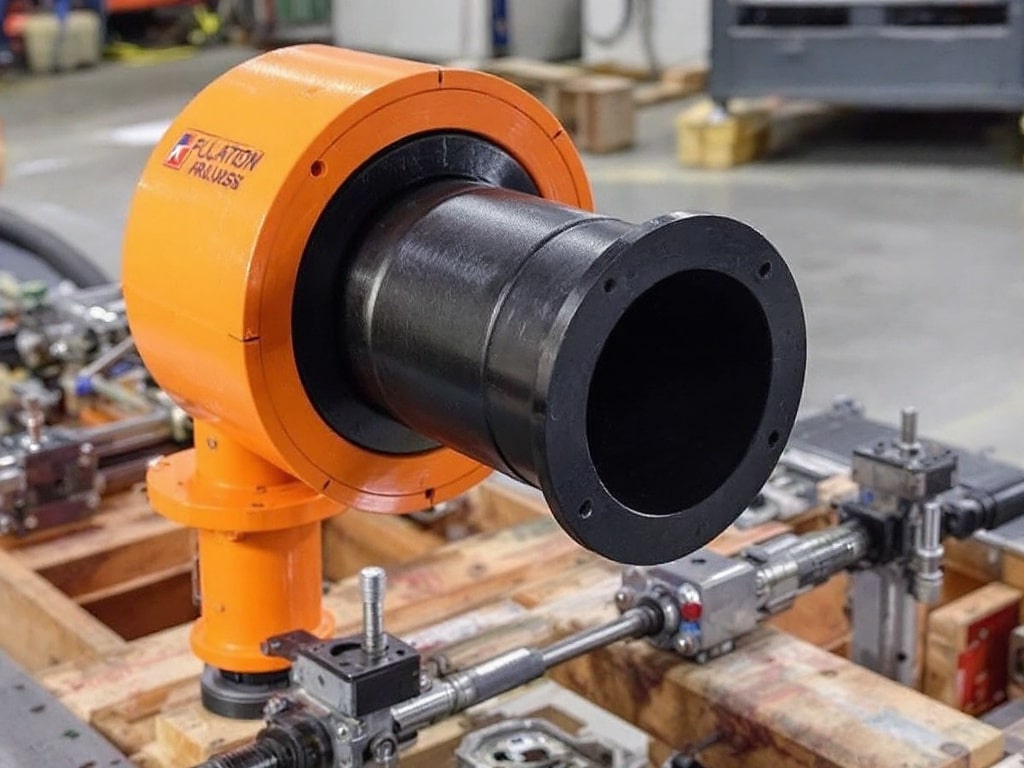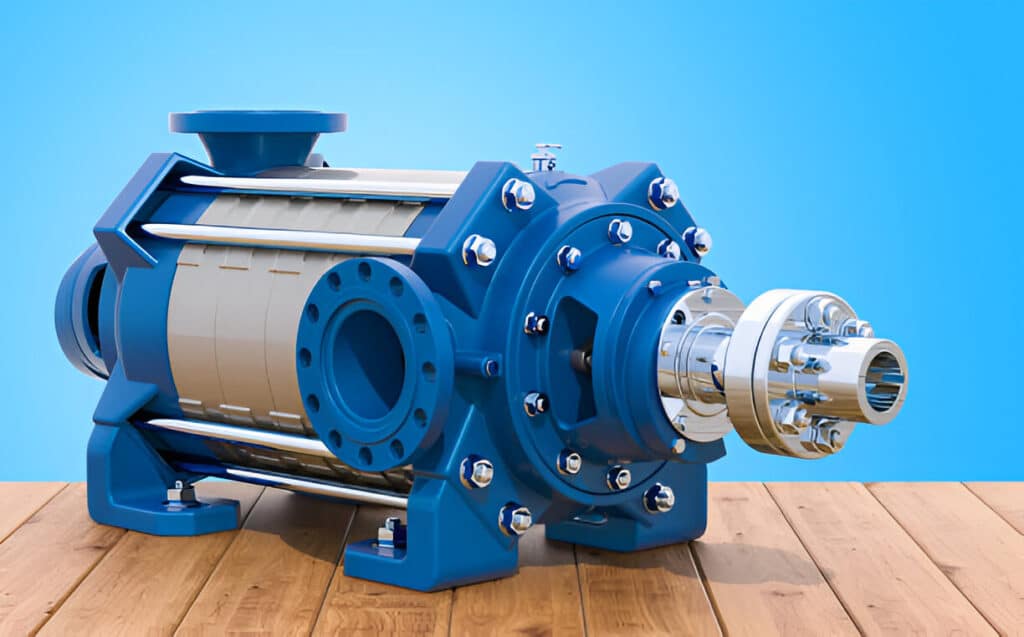Diaphragm pumps are versatile positive displacement pumps that use flexible diaphragms to move fluids efficiently. This article explores the different types of diaphragm pumps, their working principles, components, advantages, disadvantages, and applications, providing a comprehensive understanding of these essential pumps.
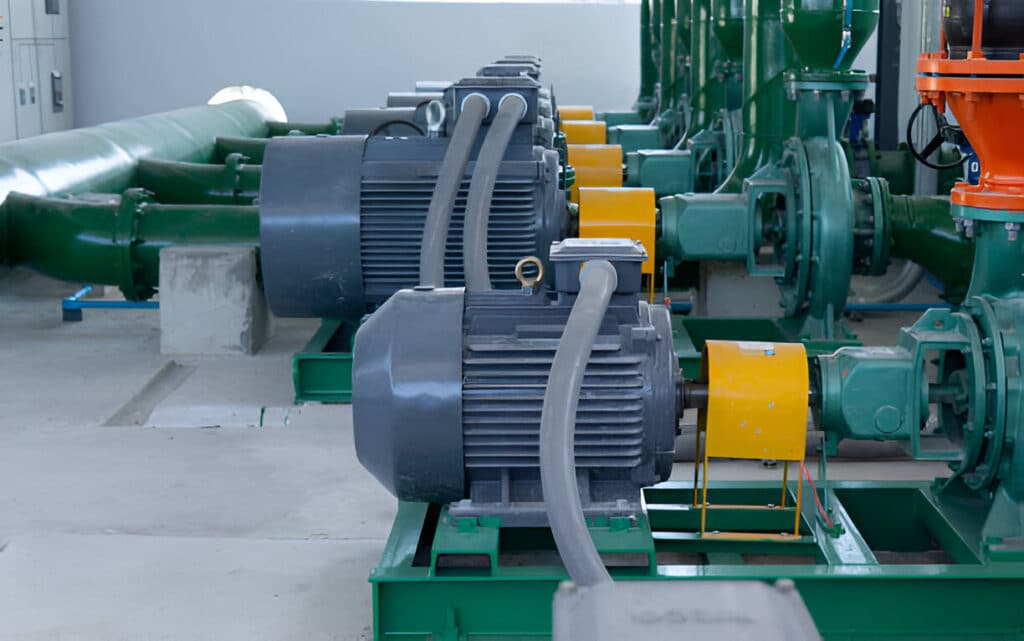
What Are Diaphragm Pumps
Diaphragm pumps, also known as membrane pumps, are positive displacement pumps that utilize flexible diaphragms to create a pumping action. These pumps are capable of handling a wide variety of fluids, including viscous liquids, abrasive slurries, and shear-sensitive fluids. Diaphragm pumps are known for their versatility, reliability, and ability to handle challenging pumping applications.
Types of Diaphragm Pumps
There are three main types of diaphragm pumps, each with its unique characteristics and advantages.
Air-Operated Double Diaphragm (AODD) Pumps
AODD pumps, also known as pneumatic diaphragm pumps, use compressed air to drive two diaphragms simultaneously. The alternating action of the diaphragms creates a constant flow of fluid through the pump. AODD pumps are ideal for handling a wide range of fluids, including abrasive and viscous materials, and are suitable for use in hazardous environments.
Mechanically-Driven Diaphragm Pumps
Mechanically-driven diaphragm pumps use an electric motor or other mechanical means to drive the diaphragm. These pumps are typically more compact and energy-efficient than AODD pumps but may have limitations in terms of the fluids they can handle and the environments in which they can operate.
Hydraulically-Driven Diaphragm Pumps
Hydraulically-driven diaphragm pumps use hydraulic fluid to actuate the diaphragm. These pumps are known for their high-pressure capabilities and are often used in high-pressure applications such as reverse osmosis systems and chemical injection.
How Do Diaphragm Pumps Work
Diaphragm pumps operate by using the reciprocating motion of flexible diaphragms to create suction and discharge strokes. During the suction stroke, the diaphragm moves away from the fluid chamber, creating a negative pressure that draws fluid into the pump through the inlet valve. On the discharge stroke, the diaphragm moves towards the fluid chamber, creating a positive pressure that forces the fluid out through the outlet valve.
The pumping action is controlled by an air valve in AODD pumps, which alternately pressurizes and exhausts the air chambers behind the diaphragms. In mechanically-driven and hydraulically-driven pumps, the pumping action is controlled by the mechanical or hydraulic system driving the diaphragm.

Components of Diaphragm Pumps
Diaphragm pumps consist of several key components that work together to ensure efficient and reliable operation:
- Body: The pump body houses the fluid chambers, air chambers, and manifolds, providing a sturdy structure for the pump.
- Fluid Chambers: The fluid chambers are the areas where the fluid is drawn in and discharged from the pump. They are separated from the air chambers by the diaphragms.
- Manifolds: The manifolds are the passages through which the fluid enters and exits the pump. They are connected to the fluid chambers and house the check valves.
- Air Chambers and Air Valve: In AODD pumps, the air chambers are located behind the diaphragms and are alternately pressurized and exhausted by the air valve to create the pumping action.
- Check Valves: Check valves, such as ball valves or flap valves, are located in the manifolds and ensure that fluid flows in the correct direction through the pump.
- Diaphragms: Diaphragms are flexible membranes that create the pumping action by moving back and forth in response to the air, mechanical, or hydraulic actuation.
Advantages of Diaphragm Pumps
- Self-Priming and Good Suction Lift: Diaphragm pumps are self-priming and can achieve good suction lift, making them ideal for applications where the fluid source is located below the pump.
- Ability to Handle Abrasive Slurries and High Solids Content: The gentle pumping action and lack of close-fitting parts allow diaphragm pumps to handle abrasive slurries and fluids with high solids content without causing excessive wear.
- Dry Running Capability: Diaphragm pumps can run dry without causing damage to the pump, making them suitable for applications where the fluid supply may be intermittent.
- Sealless Design Prevents Leaks and Contamination: The sealless design of diaphragm pumps eliminates the need for dynamic seals, reducing the risk of leaks and contamination.
- Versatility in Handling Various Fluids and Viscosities: Diaphragm pumps can handle a wide range of fluids, including thin liquids, viscous fluids, and fluids with suspended solids.
- Suitability for Hazardous Environments (AODD Pumps): AODD pumps are intrinsically safe and can be used in hazardous environments where explosive atmospheres may be present.
Disadvantages of Diaphragm Pumps
- Limited Flow Rate and Pressure: Compared to other types of pumps, such as centrifugal pumps, diaphragm pumps generally have lower flow rate and pressure capabilities.
- Pulsating Flow: The reciprocating action of diaphragm pumps can create a pulsating flow, which may not be suitable for applications requiring a smooth, continuous flow. Pulsation dampeners can be used to minimize this issue.
- Higher Maintenance Requirements: The flexible diaphragms and check valves in diaphragm pumps are subject to wear and may require more frequent maintenance compared to other pump types.
- Lower Energy Efficiency: Diaphragm pumps, particularly AODD pumps, may consume more energy compared to other pump types due to the compressed air requirements.
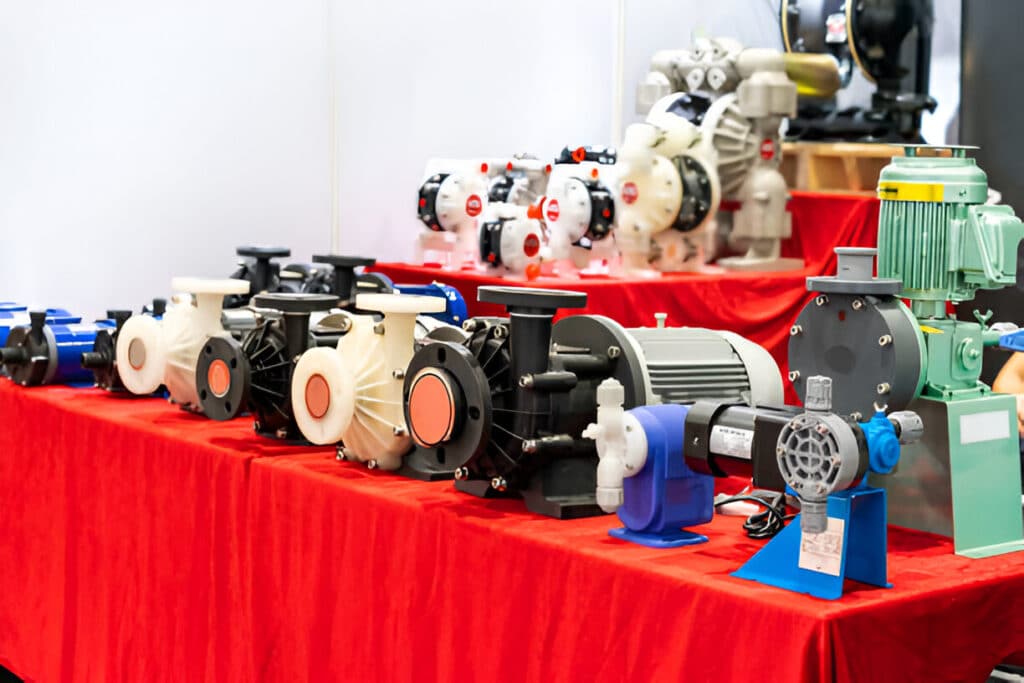
Applications of Diaphragm Pumps
- Chemical processing and transfer
- Wastewater treatment
- Food and beverage processing
- Pharmaceuticals and biotechnology
- Printing and packaging
- Pulp and paper industry
- Mining and mineral processing
- Paints, coatings, and adhesives
- Oil and gas industry
- Ceramic and clay processing
How to Choosing the Right Diaphragm Pumps
When selecting a diaphragm pump for your application, consider the following factors:
Type of Fluid
Consider the viscosity, abrasiveness, and chemical compatibility of the fluid you need to pump. Different diaphragm materials and valve types may be required for specific fluid characteristics.
Flow Rate and Pressure Requirements
Determine the required flow rate and pressure for your application, and select a pump that can meet those requirements. Consider factors such as pipe size, friction losses, and elevation changes.
Power Source
Consider the available power source (compressed air, electricity, or hydraulic power) and choose a pump that is compatible with your power supply.
Maintenance and Costs
Evaluate the maintenance requirements and long-term costs associated with different diaphragm pump options, including energy consumption, parts replacement, and downtime.
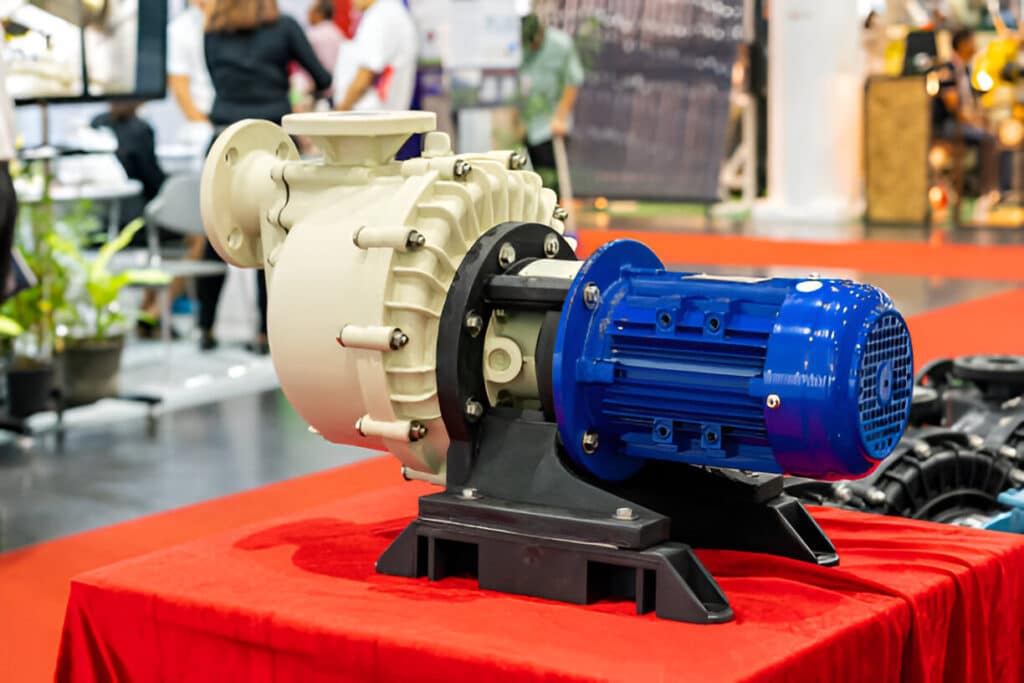
FAQs
How does a diaphragm pump move fluids?
A diaphragm pump moves fluids by using the reciprocating motion of flexible diaphragms to create suction and discharge strokes. As the diaphragm moves back and forth, it alternately draws fluid into the pump and then pushes it out, creating a pumping action.
What can go wrong with a diaphragm pump?
Common issues with diaphragm pumps include diaphragm wear or failure, check valve problems, air valve malfunctions (in AODD pumps), and clogged or damaged manifolds. Regular maintenance and proper selection of pump materials can minimize these issues.
Conclusion
Diaphragm pumps are versatile and reliable pumps that offer unique advantages in handling a wide range of fluids and operating in challenging environments. By understanding the different types of diaphragm pumps, their working principles, and their key components, you can select the right pump for your application and ensure optimal performance and efficiency.
